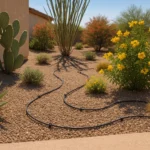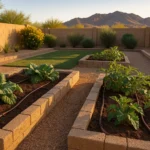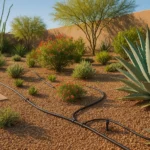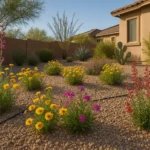Drip irrigation systems can be a game-changer for keeping your Gilbert yard lush and thriving while minimizing water waste. However, many gardeners make common mistakes when setting up and maintaining their drip systems that can lead to poor plant health, wasted water, and unnecessary headaches. Let’s dive into the top drip system pitfalls and how to avoid them for a beautifully irrigated landscape.
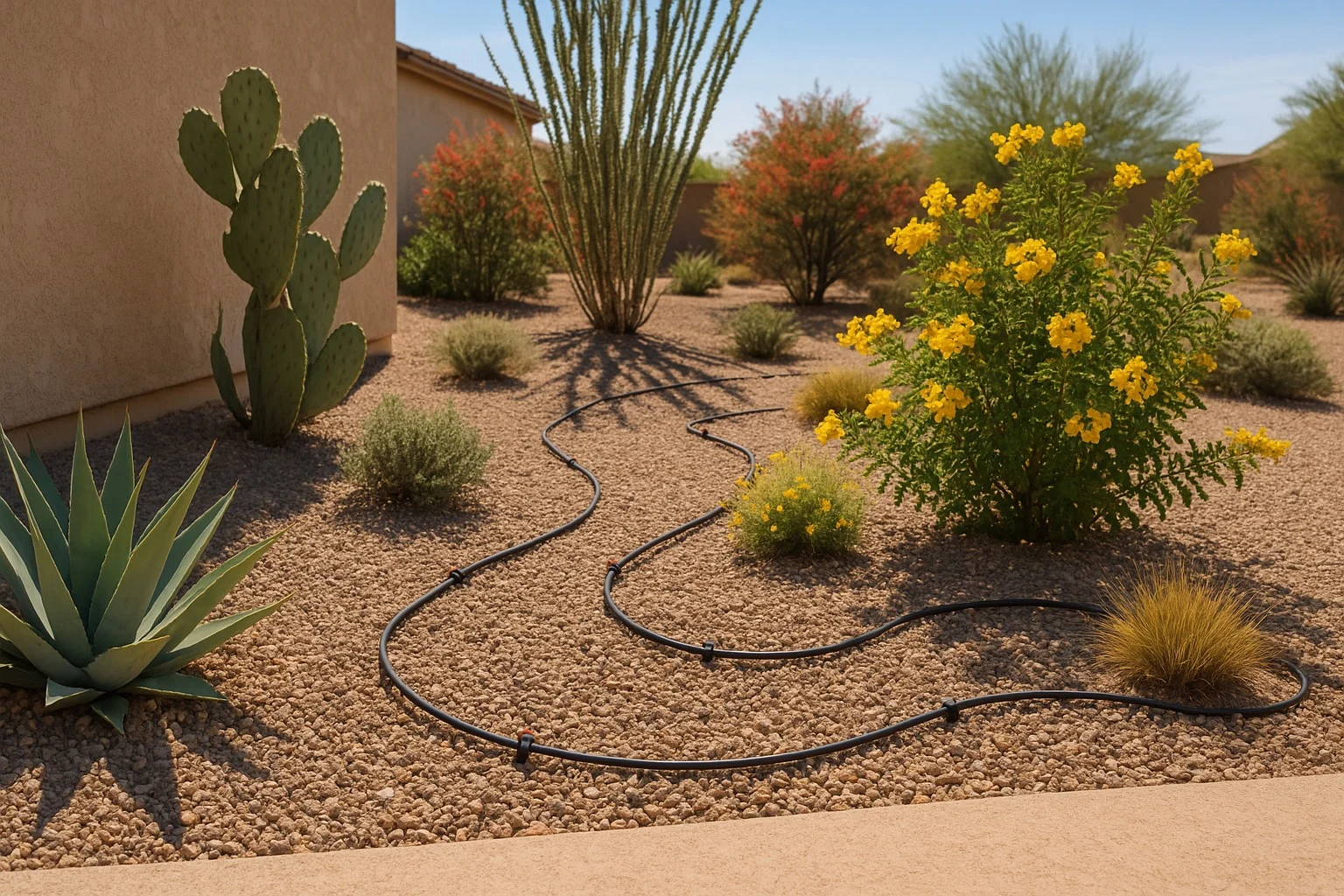
Improper Emitter Placement
One of the most frequent errors is placing drip emitters too far from the root zone of plants. Emitters should be positioned to deliver water directly to the base of each plant, allowing moisture to soak down to the roots. Placing emitters too far away can lead to dry spots and inconsistent watering.
When setting up your drip lines, carefully consider the mature size and root spread of each plant. For larger shrubs or trees, use multiple emitters spaced evenly around the root zone. Smaller plants like perennials or groundcovers can often be watered effectively with a single emitter. Regularly check emitter placement as plants grow to ensure proper coverage.
Infrequent or Incorrect Scheduling
Another common mistake is not adjusting your drip irrigation schedule to match the changing water needs of your plants throughout the year. Gilbert’s intense summer heat means plants require more frequent watering compared to the cooler winter months. Failing to increase irrigation frequency can stress plants and lead to wilting or leaf drop.
Use a smart controller or manually adjust your watering schedule each season. Most plants benefit from deeper, less frequent irrigation cycles that thoroughly soak the root zone. Avoid the temptation to run your drip system daily, as this can promote shallow roots. Check soil moisture levels regularly and water when the top inch of soil feels dry.
Neglecting System Maintenance
Drip irrigation systems are relatively low maintenance, but neglecting upkeep can lead to clogged emitters, leaks, and uneven watering. Mineral buildup from Gilbert’s hard water is a frequent culprit behind blocked emitters. Dirt and debris can also enter the lines, impeding water flow.
Flush your drip lines at the start of each watering season by removing the end caps and allowing water to run freely for a few minutes. This clears out any accumulated particles. Inspect lines, emitters, and connections monthly for signs of wear, damage, or leaks. Replace clogged emitters and repair any leaks promptly to keep your system running smoothly.
Ignoring Plant Groupings
Different plants have varying water requirements, and grouping plants with similar needs together on the same drip zone is crucial for irrigation efficiency. Placing drought-tolerant plants like cactus on the same line as thirsty annuals is a recipe for over or underwatering.
When planning your drip system layout, group plants into hydrozones based on their water needs. Run separate drip lines for each hydrozone so you can tailor irrigation frequency and duration appropriately. This not only keeps plants healthier but also conserves water by avoiding unnecessary irrigation.
By sidestepping these common drip system mistakes, you’ll be well on your way to a thriving, water-wise landscape. Regular maintenance, proper emitter placement, smart scheduling, and thoughtful plant groupings are the keys to drip irrigation success in Gilbert. With a little attention to detail, you can enjoy the many benefits of drip irrigation while keeping your yard looking its best.

